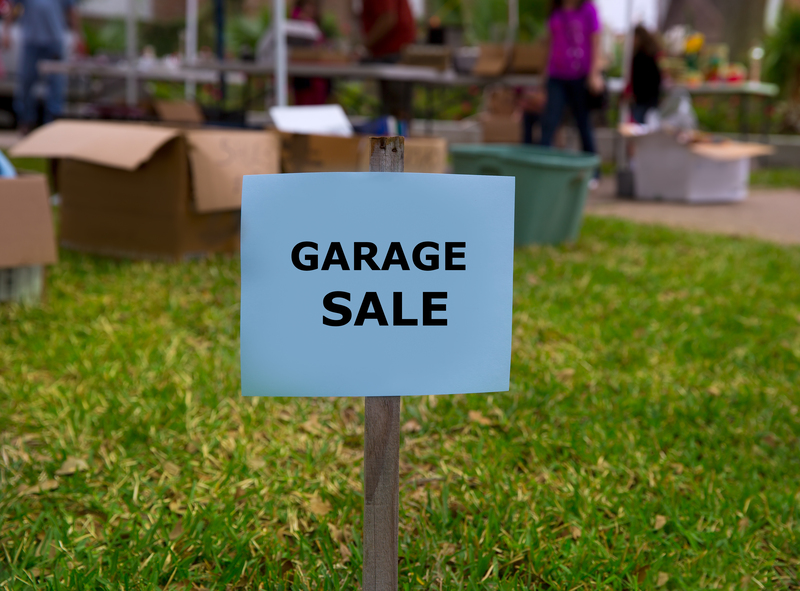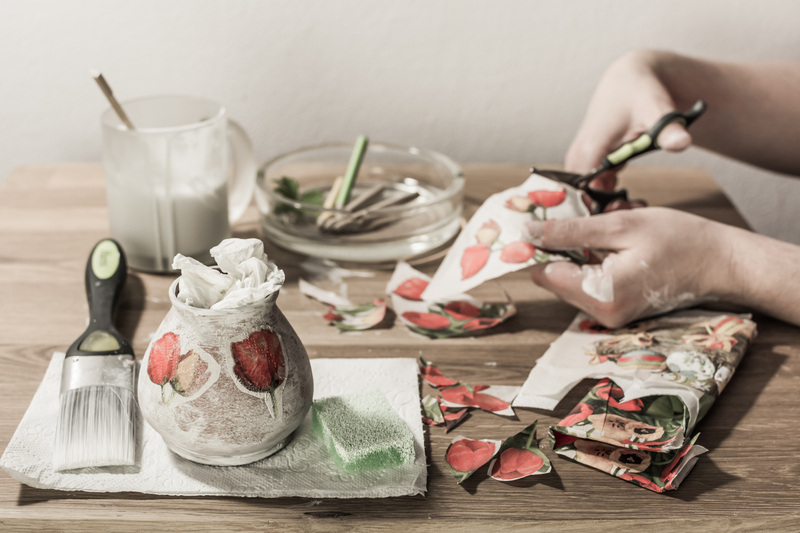Sustainable Solutions for Recycling Pots and Pans
Are your old pots and pans piling up in your kitchen? Wondering how to get rid of them in an eco-friendly way? Every year, millions of cookware items are discarded, creating significant waste. Fortunately, sustainable solutions for recycling pots and pans are available for conscious individuals looking to make a positive difference. This comprehensive guide will help you understand how to responsibly recycle, repurpose, and dispose of your cookware, ensuring a greener kitchen and a healthier planet.
Why is Recycling Pots and Pans Important?
The kitchen is the heart of the home, but it can also be a major contributor to household waste. Old, damaged, or unused pots and pans often end up in landfills, contributing to environmental pollution and resource depletion.
- Metal Cookware like aluminum and stainless steel pots are valuable recyclables that can be reused in manufacturing.
- Non-stick Pans present unique recycling challenges due to their coatings, but sustainable options exist.

What Materials Are Your Pots and Pans Made Of?
Understanding the materials used in your cookware is crucial for sustainable disposal. Common types include:
- Stainless Steel: Durable and fully recyclable.
- Cast Iron: Heavy but long-lasting and recyclable.
- Aluminum: Lightweight and easy to recycle.
- Copper: Highly sought after by scrap recyclers.
- Non-stick (Teflon or ceramic): Requires special handling due to surface coatings.
Most metals can be recycled again and again with minimal loss of quality, making recycling a superior alternative to disposal.
Best Practices for Recycling Pots and Pans
Step 1: Assess the Condition of Your Cookware
Before you discard your pots and pans, consider their condition:
- If they are lightly used or undamaged, you may be able to repurpose, donate, or sell them.
- If they are heavily damaged, warped, or have peeling coatings, recycling or upcycling is your best bet.
Step 2: Find a Local Recycling Facility
Many municipal recycling centers accept cookware made from metals like stainless steel, aluminum, or cast iron. Here's how to proceed:
- Remove non-metal parts (plastic handles, rubber grips, glass lids) whenever possible, as facilities usually require pure metal.
- Call your local recycling center to check which items they accept and any preparation needed.
- Locate a scrap metal yard. These centers buy metal items by weight and offer one of the most reliable ways to recycle pots and pans responsibly.
Step 3: Responsible Disposal of Nonstick Pans
Recycling nonstick cookware like Teflon-coated pans requires particular attention:
- Some recycling centers do not accept nonstick pans due to the chemicals in the coating.
- If the coating is flaking, you should not donate or resell these items.
- Check if your local facility or a specialized service can handle PTFE or ceramic coatings.
- Some manufacturers and brands offer take-back or recycling programs for their own products.
Alternative Sustainable Solutions for Old Pots and Pans
Donation and Secondhand Markets
If your old cookware is still functional, giving it a second life is an excellent sustainable choice.
- Donate to local charities, shelters, or community kitchens.
- Check with organizations like Habitat for Humanity's ReStores or thrift shops.
- Sell your gently used pots and pans through garage sales, online listing sites, or local community groups.
Creative Upcycling and Repurposing Ideas
If recycling isn't an option, consider upcycling! Here are inspiring ideas for repurposing old pots and pans:
- Planters: Turn saucepans or skillets into quirky outdoor or indoor planters.
- Craft projects: Use for mosaic bases, wall clocks, or unique art pieces.
- Storage containers: Organize tools, utensils, or office supplies.
- Bird feeders: Hang pans as rustic bird feeders in your garden.
- Candle molds: Cast your own candles in old pans for a personal touch.
Manufacturers' Take-back and Recycling Initiatives
Increasingly, cookware brands are taking responsibility for the full lifecycle of their products, offering sustainable solutions for their recycling:
- TerraCycle partners with brands for mail-in recycling for hard-to-recycle items, including nonstick cookware.
- Some brands offer trade-in programs, discounts, or replacements when you send in your old pots and pans.
- Check the manufacturer's website for specific recycling programs or responsible disposal instructions.
What to Avoid When Disposing of Pots and Pans
- Don't put pots and pans in regular curbside recycling unless approved by your service.
- Never burn nonstick pans or use abrasive methods that release harmful fumes.
- Don't dump cookware in general waste where it will end up in a landfill unnecessarily.
- Never recycle pans with food residue or attached non-metal materials.
Benefits of Sustainable Cookware Recycling
By participating in sustainable cookware recycling practices, you can:
- Reduce waste in landfills and prevent environmental contamination.
- Conserve natural resources by ensuring materials are reused.
- Encourage sustainable production by creating demand for recycled metals.
- Educate others about eco-friendly kitchen practices and lead by example.

Frequently Asked Questions about Recycling Pots and Pans
Can I put pots and pans in my blue recycling bin?
In most cases, no. Standard curbside recycling often doesn't accept pots and pans due to their size, shape, or coatings. Always check with your local recycling provider for specific guidelines.
Are nonstick pans recyclable?
Recycling nonstick pans is challenging but possible. You usually need to remove as much non-metal material as possible, or contact specialized centers that accept Teflon or ceramic coatings. Manufacturer take-back programs are an excellent sustainable solution for recycling nonstick cookware.
What do I do with rusty or broken pans?
Rust or damage usually doesn't affect the recoverable metal. Clean the pan as much as possible and deliver it to a scrap metal facility, where it will be melted down and reused.
Should I remove handles, lids, or plastic parts before recycling?
Yes! Remove all non-metal parts when possible. This improves the quality of recycled metal and makes the recycling process more efficient.
Conclusion: Embracing Sustainable Solutions for a Greener Kitchen
Recycling pots and pans sustainably is a meaningful way to reduce kitchen waste and support responsible consumption. By understanding the materials used, researching local disposal options, and exploring creative reuse, you're contributing to a healthier environment. Whether you choose to recycle, donate, or upcycle, every step you take makes a positive difference.
Start today:
- Audit your kitchen for cookware you no longer use.
- Contact your local recycling or scrap metal facility for drop-off options.
- Reach out to charities and upcycle creatively for items still in good condition.
- Advocate for sustainable solutions by supporting brands and organizations prioritizing environment-friendly disposal.
Together, we can create kitchens--and a world--with less waste and more sustainability. Remember, every pot and pan has the potential for new life. Make your next cookware upgrade a green one!